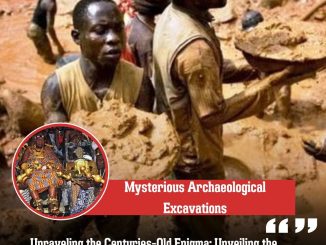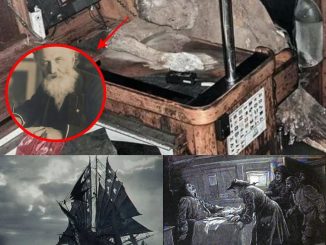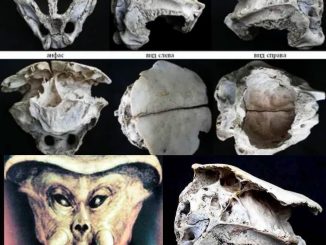Mysteries of the Mummy of King Amenhotep II. The ancient world has always captivated humanity with its mysteries and enigmas, and one of the most intriguing aspects is the preservation of its rulers through mummification. Among these pharaohs, King Amenhotep II of Egypt’s 18th Dynasty stands out as a figure of particular interest. Son of Thutmose III and father to Thutmose IV, Amenhotep II ruled during the 15th century B.C., leaving behind a legacy shrouded in history and mystery. His mummy, discovered by the French excavator Victor Loret in 1898, remains a significant archaeological find, offering insights into ancient Egyptian culture and practices.
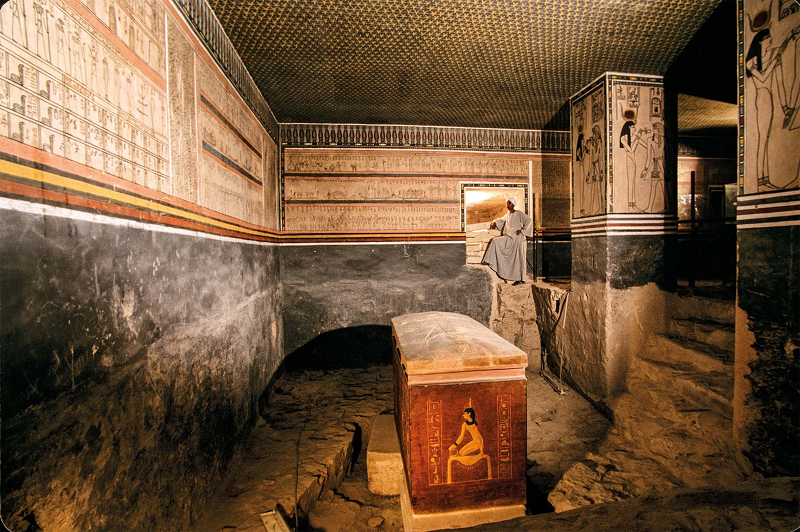
In the heart of the Valley of the Kings, Victor Loret unearthed the mummy of King Amenhotep II within his own sarcophagus, nestled in the tomb designated as KV35. This discovery was a testament to the enduring craftsmanship of ancient Egyptian burial rituals and the efforts to safeguard the remains of their esteemed leaders. Prior to the excavation of Tutankhamun’s tomb, Amenhotep II stood as the sole king whose mummy endured the ravages of time and remained undisturbed within his final resting place.
In 1907, Sir Grafton Elliott Smith embarked on an analysis of Amenhotep II’s mummy, shedding light on both the physical characteristics and potential health implications of the ancient king. Smith’s examination revealed peculiarities, including small bumps on the skin, prompting speculation about their origin. Whether these bumps resulted from the mummification process itself or indicated an underlying condition that afflicted the king during his lifetime remains a subject of scholarly debate. Additionally, Smith noted a striking resemblance between Amenhotep II and his son, Thutmose IV, raising questions about familial traits and genetic inheritance among Egyptian royalty.
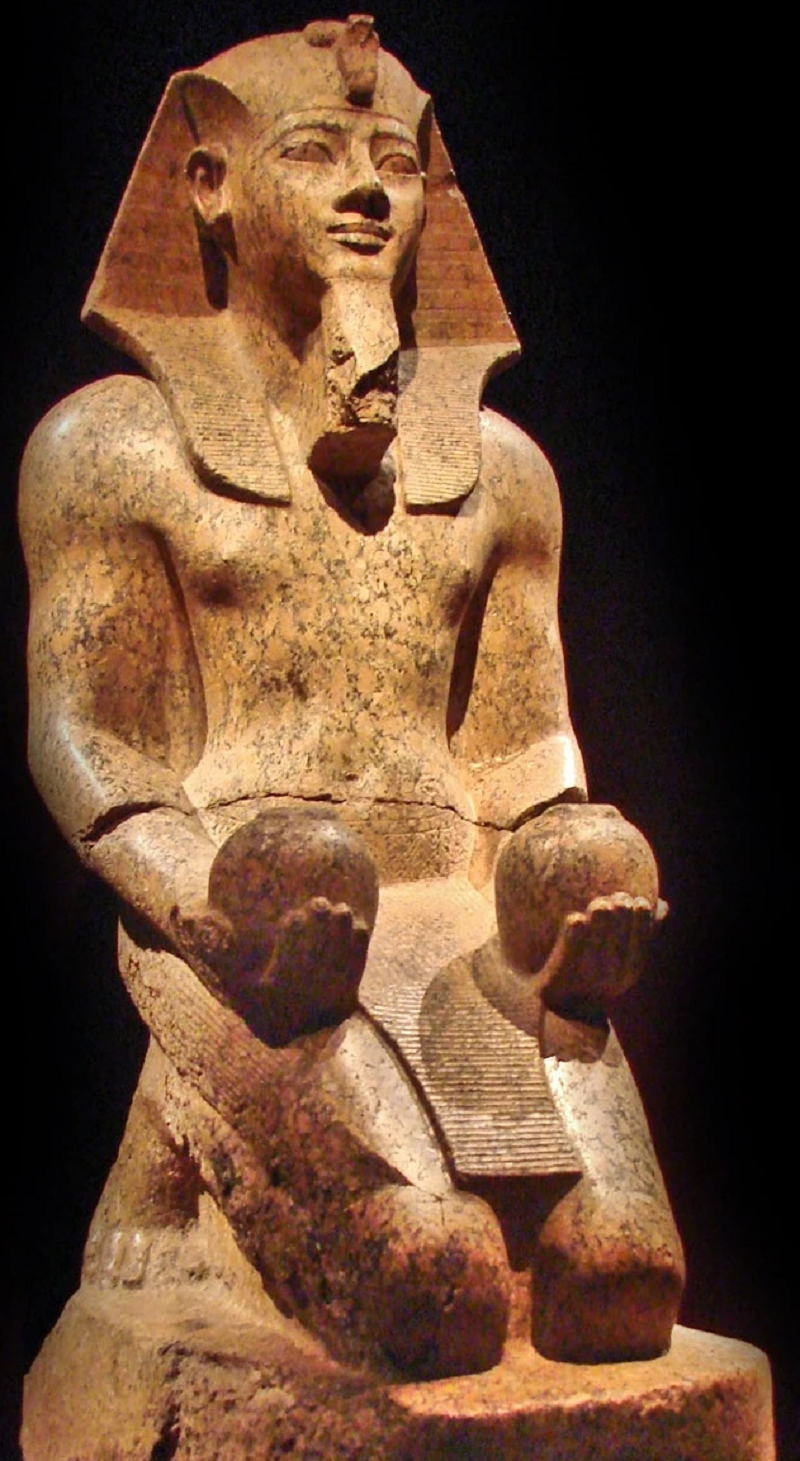
The insights gleaned from the examination of Amenhotep II’s mummy offer valuable clues into the life and times of this ancient pharaoh. Descriptions of the king’s appearance, such as wavy brown hair tinged with grey, provide a vivid image of his physical attributes in death. Furthermore, comparisons between Amenhotep II and his descendants illuminate the interconnectedness of royal lineage within the Egyptian monarchy. As researchers continue to unravel the mysteries surrounding Amenhotep II, each revelation brings us closer to understanding the complexities of ancient Egyptian society and its enduring legacy.
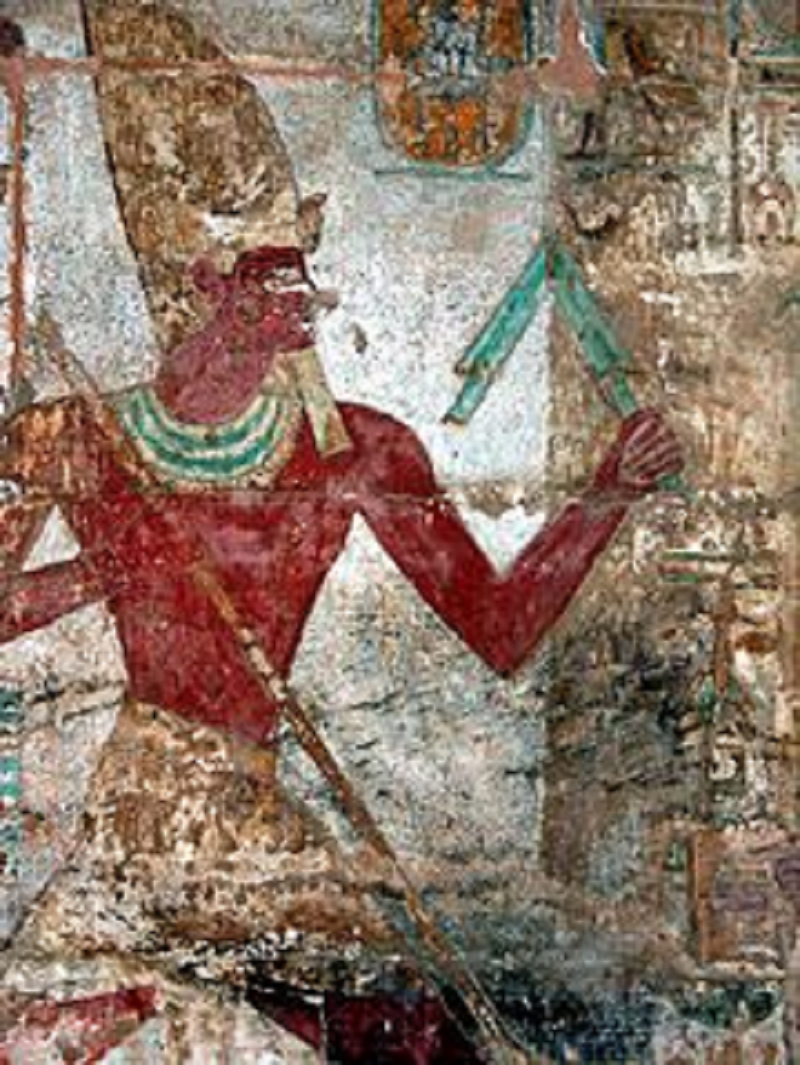
The mummy of King Amenhotep II serves as a tangible link to Egypt’s illustrious past, offering a glimpse into the rituals and beliefs that shaped the lives of its rulers. From the meticulous process of mummification to the examination of physical remains, each discovery brings us closer to unraveling the enigma surrounding this ancient pharaoh. As we delve deeper into the mysteries of Amenhotep II’s reign, we not only honor his memory but also gain invaluable insights into the rich tapestry of Egyptian history. Through the preservation of artifacts and the relentless pursuit of knowledge, we ensure that the legacy of Amenhotep II and his contemporaries endures for generations to come.
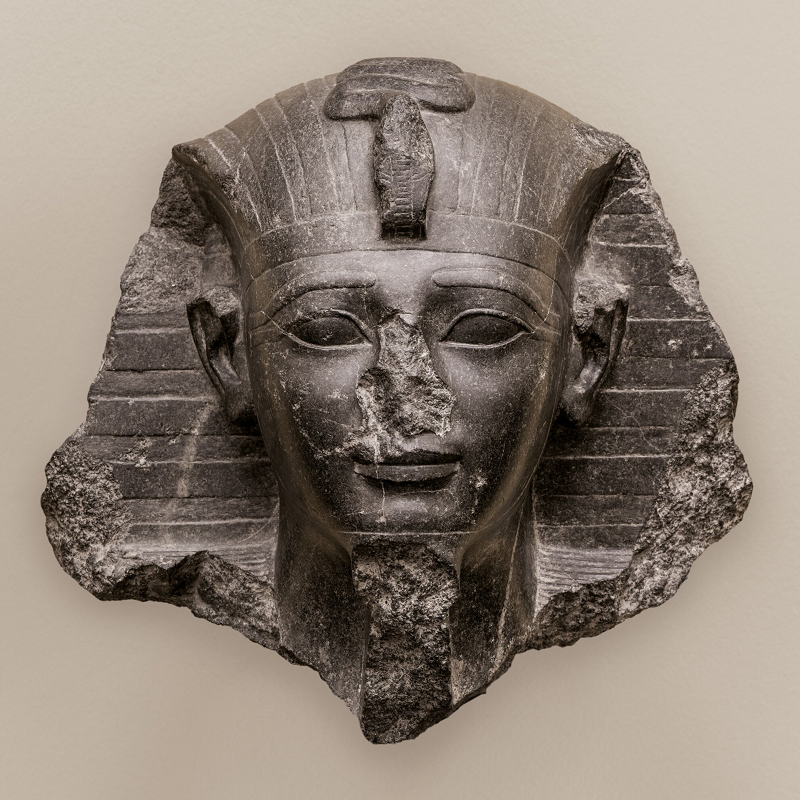
In conclusion, the mummy of King Amenhotep II stands as a testament to the ancient Egyptian art of mummification and the preservation of royalty. Discovered in 1898 by Victor Loret, this well-preserved mummy has provided valuable insights into the physical characteristics and possible health conditions of the king. Despite the passage of millennia, Amenhotep II’s mummy continues to captivate scholars and enthusiasts alike, offering a glimpse into the intimate details of ancient Egyptian royal life. As we continue to unravel the mysteries of Egypt’s illustrious past, the mummy of Amenhotep II remains a significant artifact, shedding light on the rich history of one of the most powerful dynasties in human civilization.
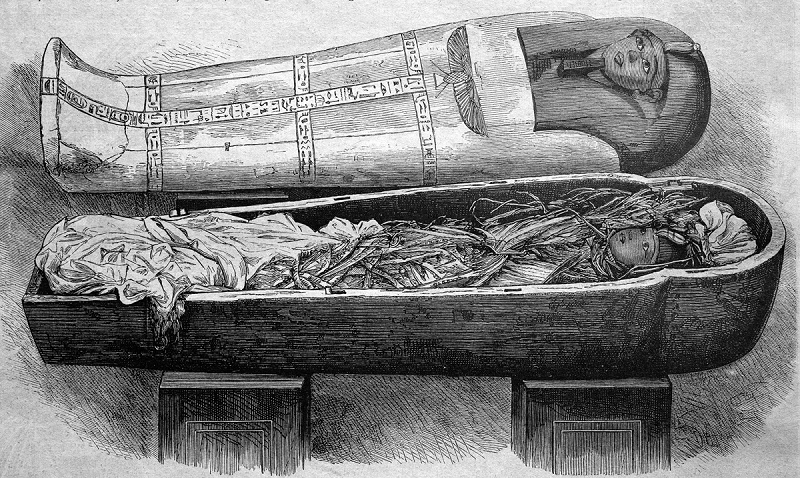
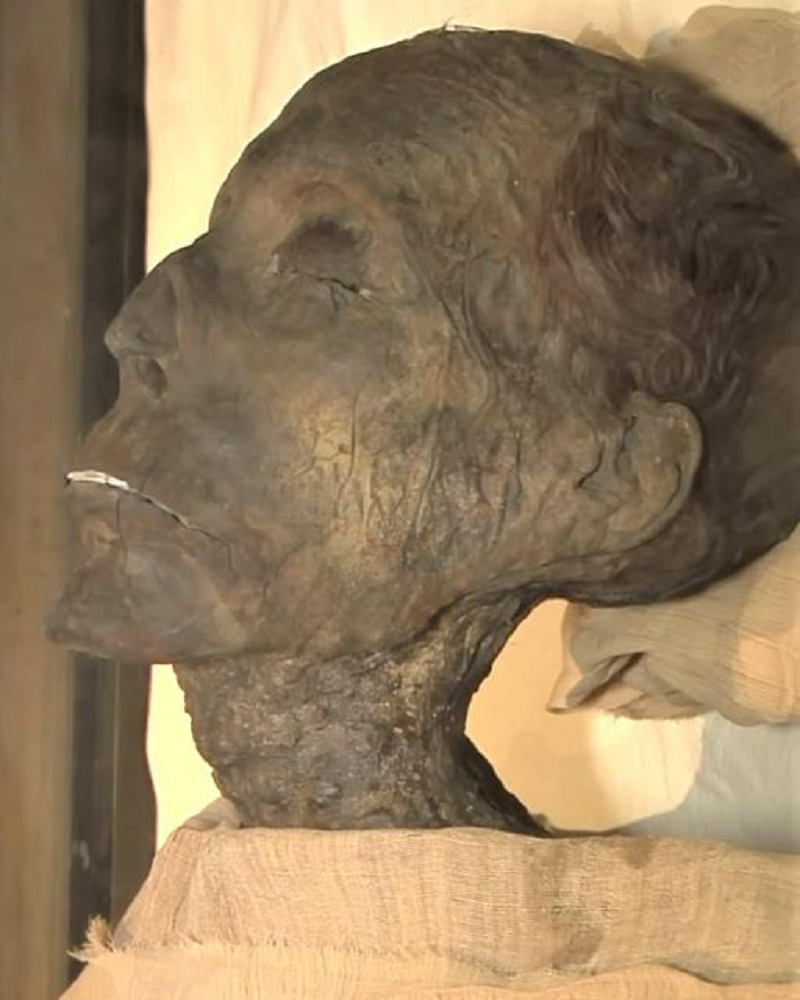
To see more photos of the mummy of King Amenhotep II and related artifacts, you can explore various sources online. Here are a few suggestions:
- Museum Websites: Many museums with Egyptian collections, such as the Egyptian Museum in Cairo or the British Museum, have online databases or galleries where you can view high-quality images of ancient artifacts, including mummies.
- Online Archives: Websites like the Digital Public Library of America (DPLA) or European provide access to digitized collections from libraries, museums, and archives around the world. You may find photographs and scans of mummies and related objects in these archives.
- Academic Journals: Some academic journals publish articles with photographs and illustrations of ancient Egyptian artifacts, including mummies. Accessing these journals through university libraries or academic databases can provide you with detailed images and information.
- Books and Publications: There are numerous books and publications dedicated to ancient Egyptian history and archaeology that feature photographs of mummies and other discoveries. Check your local library or online book stores for titles that interest you.
- Social Media and Online Forums: Platforms like Instagram, Pinterest, and Reddit often have communities dedicated to ancient history and archaeology where users share photographs and information about mummies and other artifacts.
By utilizing these resources, you can access a wealth of photographs and information about the mummy of King Amenhotep II and deepen your understanding of ancient Egyptian culture and civilization.
